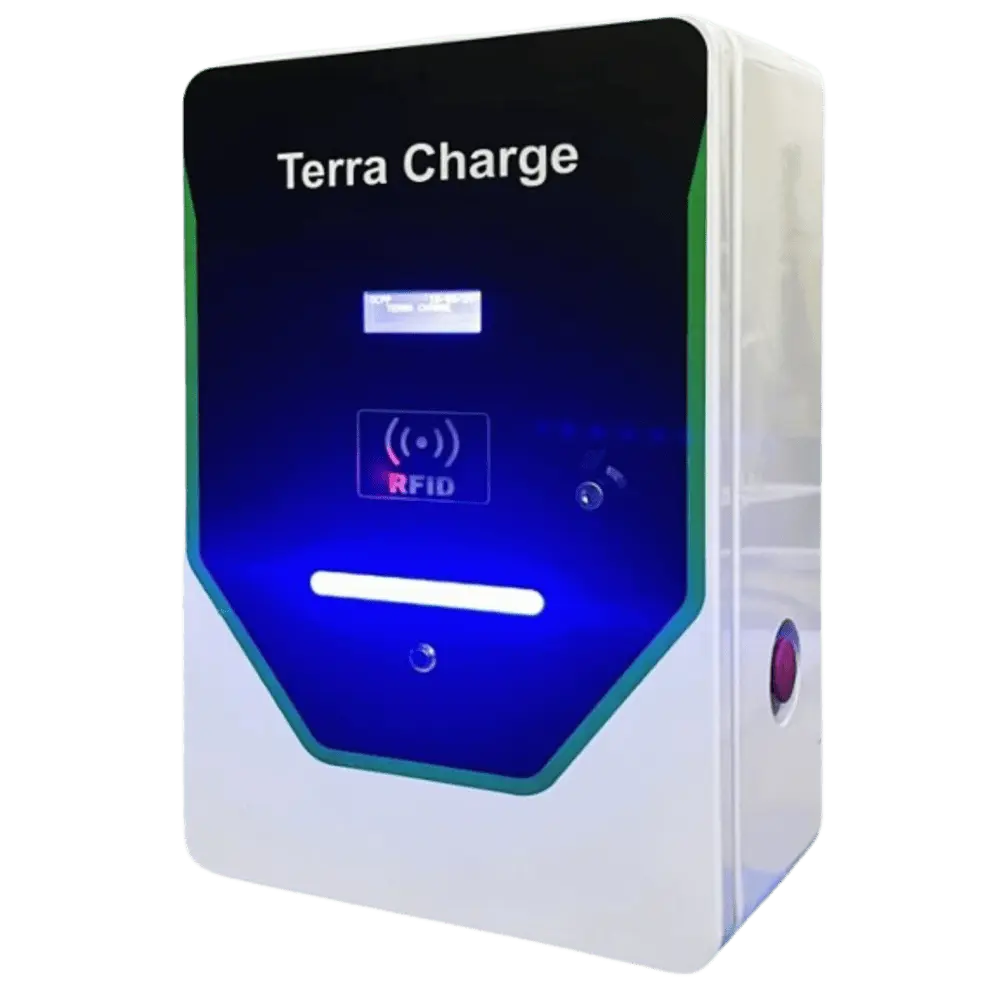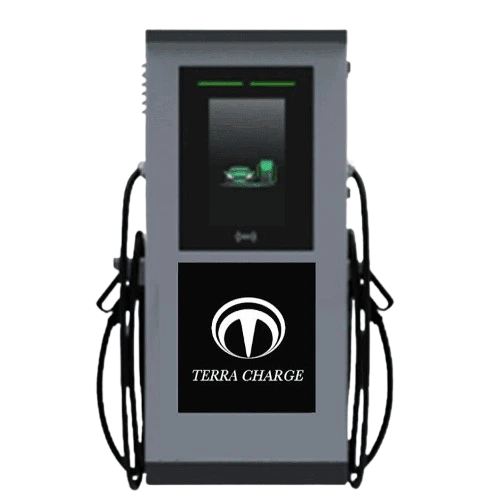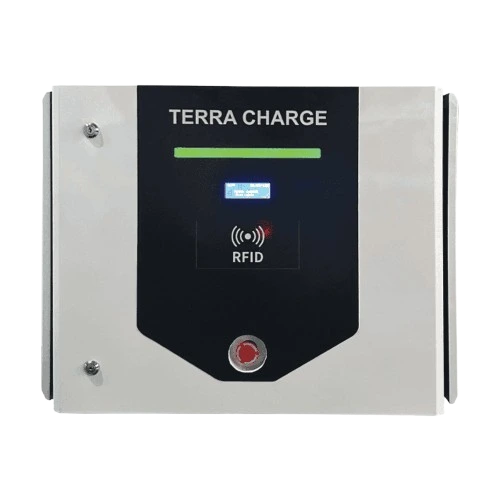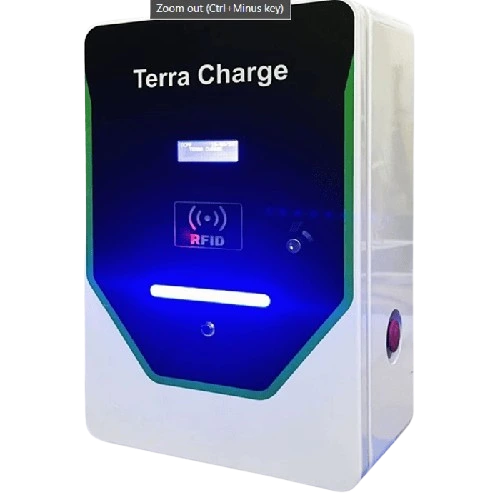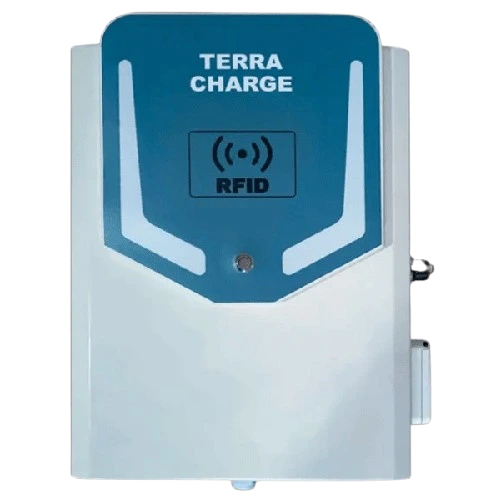| Alternating Current (AC) | Direct Current (DC) | |
|---|---|---|
| Direction of Current | Periodically changes direction | Flows consistently in one direction |
| Waveform | Sinusoidal waveform | Steady, non-fluctuating waveform |
| Generation | Generated by rotating coils in generators | Produced by batteries or DC generators |
| Transmission | Efficient over long distances | Less efficient over long distances |
| Voltage Conversion | Easily converted using transformers | Requires complex conversion for transmission |
| Power Supply Frequency | Varies globally (typically 50 or 60 Hz) | Fixed frequency (e.g., 0 Hz for batteries) |
| Efficiency | Suitable for widespread use | Limited to specific applications |
| Applications | Household appliances, power grids | Electronics, automotive systems |
| Power Loss | May experience radiation loss at high frequencies | Less prone to radiation loss |
| Maintenance | Requires periodic maintenance | Generally low maintenance |
| Complexity | More complex due to waveform variation | Simpler due to steady flow |
Alternating Current and Direct Current
Alternating Current and Direct Current are two distinct types of electric currents. Alternating Current, or AC, undergoes periodic changes in direction over time, flowing in a back-and-forth manner. It is commonly represented by sinusoidal waveforms, with the current alternating between positive and negative values.
AC is used for power transmission over long distances and finds application in various sectors such as residential, industrial, and commercial settings. On the other hand, Direct Current, or DC, flows consistently in one direction without changing polarity. It maintains a constant flow of electric charge, commonly associated with batteries where chemical reactions generate a continuous flow of electrons from the negative to the positive terminal. DC is widely used to power electronic devices, automotive systems, and renewable energy sources. Each type of current has its unique characteristics and serves specific purposes in electrical systems.
Conversion of AC to DC and Vice Versa
Converting Alternating Current (AC) to Direct Current (DC) and vice versa involves specialized devices called converters or rectifiers.
AC to DC Conversion:
- Rectification: AC to DC conversion is achieved through rectifiers, which typically use diodes to allow current flow in one direction only.
- Half-wave Rectification: In half-wave rectification, only one half of the AC waveform is converted to DC, resulting in pulsating DC.
- Full-wave Rectification: Full-wave rectifiers, such as bridge rectifiers, convert both halves of the AC waveform to DC, producing smoother output.
- Filtering: Capacitors are often used to smooth out the pulsating DC output, resulting in a more stable DC voltage.
DC to AC Conversion:
- Inversion: DC to AC conversion involves inverting the DC voltage to produce an alternating voltage waveform.
- Inverter Circuit: Inverter circuits use transistors or other switching devices to rapidly switch the DC voltage on and off, creating an AC waveform.
- Pulse Width Modulation (PWM): PWM techniques are commonly employed to control the amplitude and frequency of the AC output in inverters.
Output Filtering: Filters are used to remove harmonics and other undesirable components from the AC output waveform, ensuring a clean output signal.
Similarities Between AC and DC
AC and DC have the following similarities:
- Both AC (Alternating Current) and DC (Direct Current) are forms of electrical current used to power various devices and systems.
- They both involve the flow of electric charge, typically through conductive materials such as wires or cables.
- AC and DC can be generated by power sources such as batteries, generators, or power plants.
- Both types of current obey Ohm’s Law, which relates voltage, current, and resistance in a circuit.
- AC and DC can be converted into each other using specialized devices like converters or inverters, enabling their interchangeability in different applications.
- Both AC and DC have their unique advantages and disadvantages, making them suitable for specific uses based on factors like power transmission efficiency, device compatibility, and system requirements.
Is DC a Constant?
Yes, in a steady state, Direct Current remains constant in magnitude and direction and flows consistently in one direction. However, it can vary over time if changes occur in the circuit or the power source.
Conclusion
Alternating Current (AC) and Direct Current (DC) are two types of electric currents with distinct characteristics and applications. While AC periodically changes direction, DC flows steadily in one direction. Converting between AC and DC involves specialized devices. Despite their differences, both currents play vital roles in powering various devices and systems.


